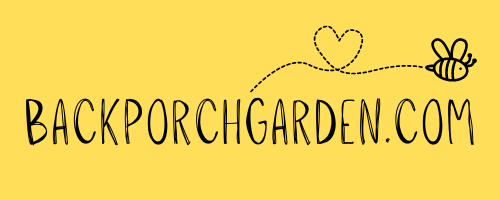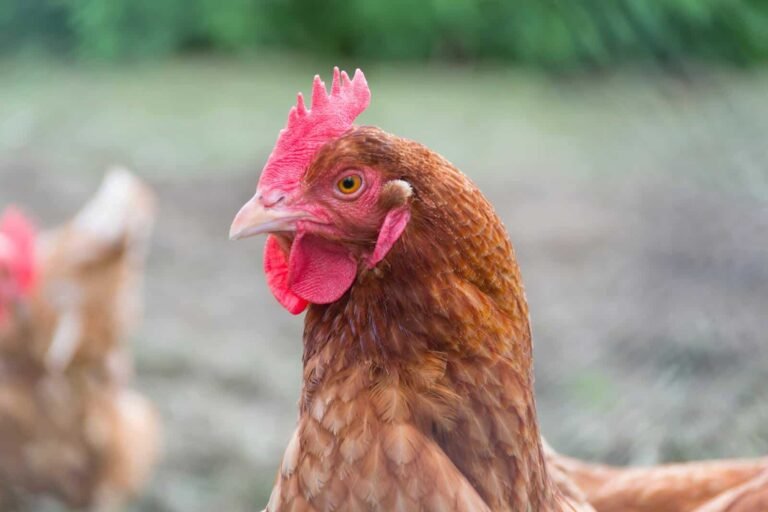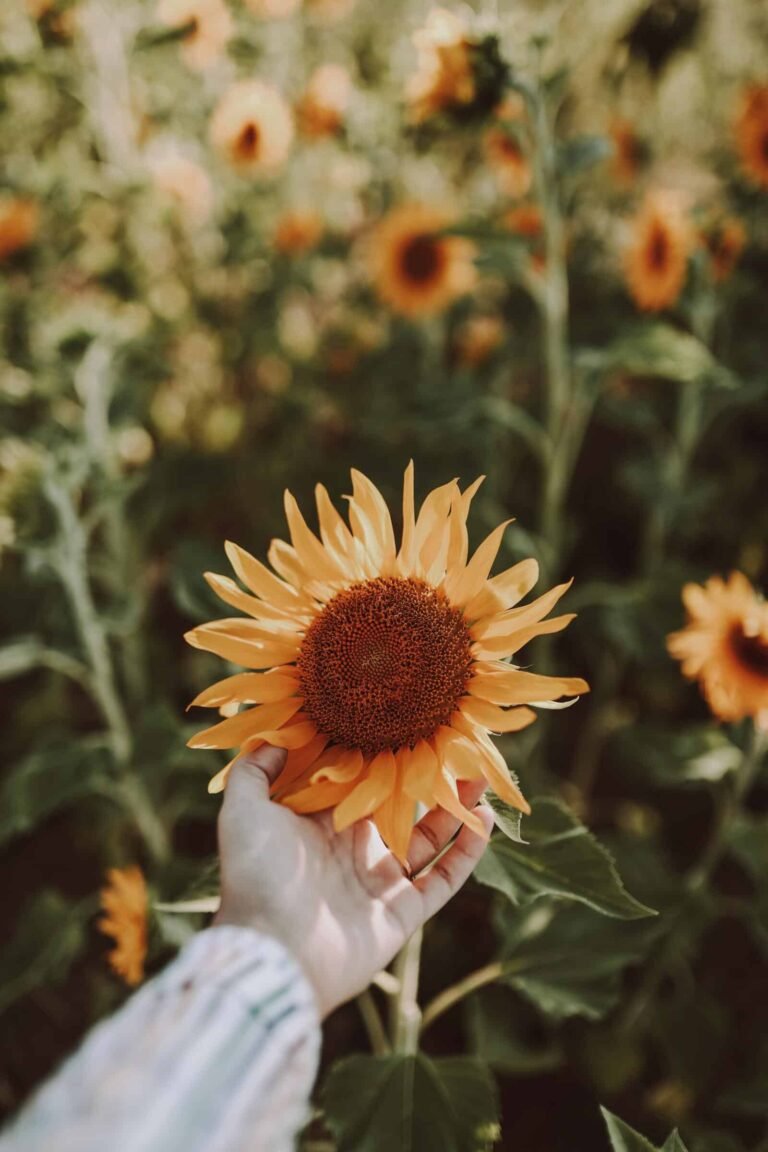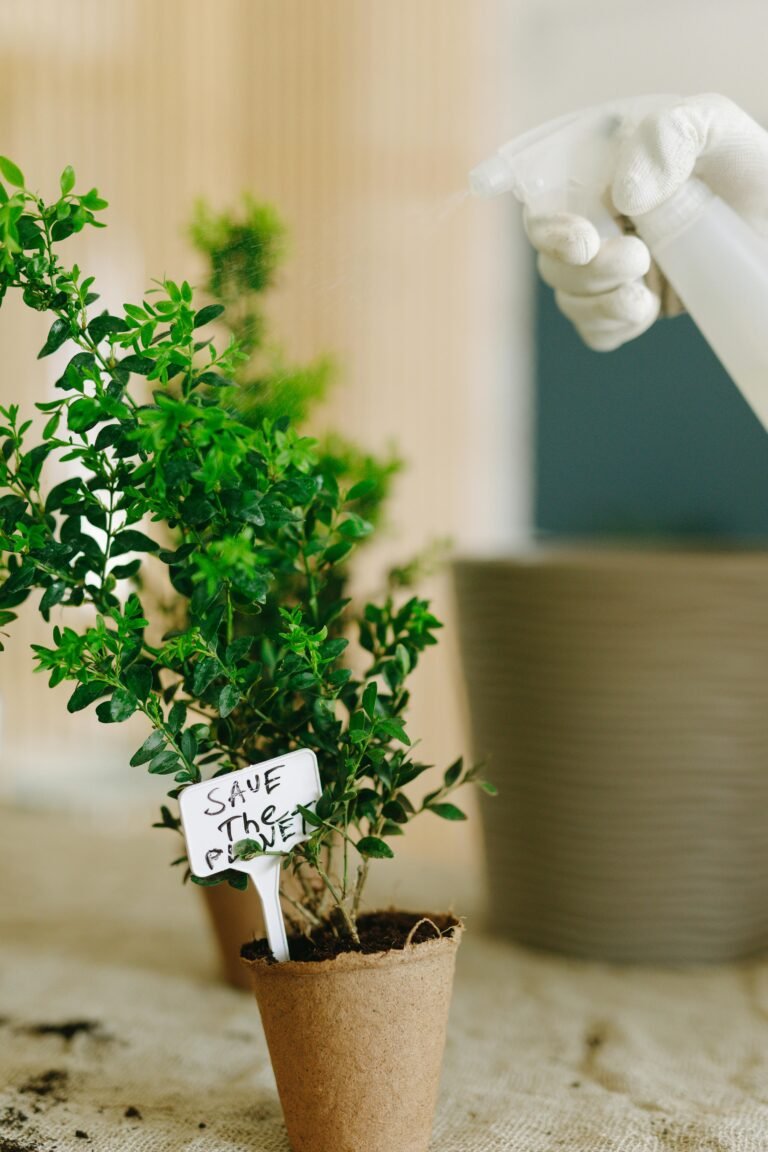The Secret Weapon of Thriving Backyard Gardens
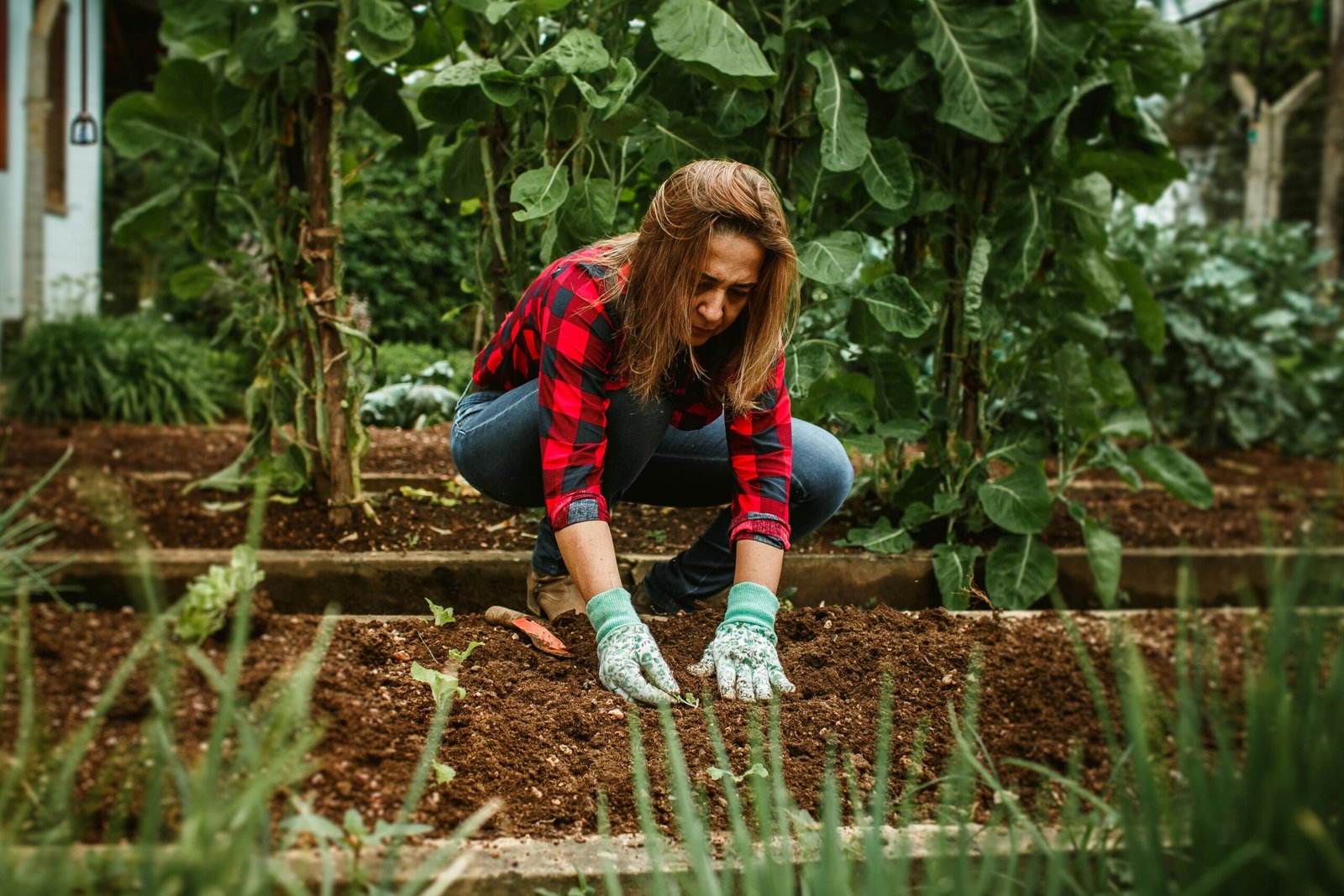
Fellow garden enthusiasts, have you ever found yourself waging an endless war against weeds or struggling to keep your soil moist during those scorching summer days? If so, you’re not alone. Many backyard gardeners face these common challenges, but there’s a secret weapon that can turn the tide in your favor—mulching. Imagine a garden where soil stays healthy, moisture is retained, and weeds are kept at bay. Sound like a dream? It’s not, and with the right mulching techniques, it can be your reality. Join us as we delve into the world of mulching and discover how it can revolutionize your backyard garden.
This article may contain affiliate links to trusted partners, which help run this site at no extra cost to you.
Mulch as Your Soil’s Best Friend
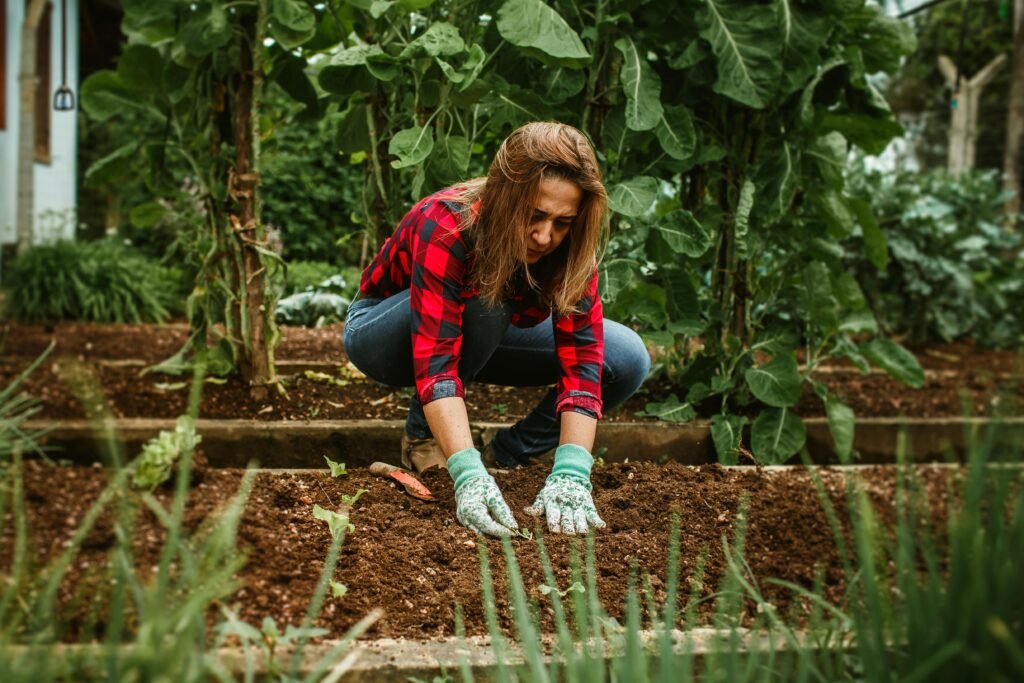
One of the biggest advantages of mulching is its incredible ability to retain moisture. By acting as a protective blanket, mulch reduces water evaporation from the soil, which means less frequent watering for you and consistently hydrated plants. This is especially beneficial during hot summers when precious moisture tends to disappear quickly. Less watering also means less money spent on your water bill—a win-win for your plants and your wallet!
Promoting a Healthy Foundation
Mulching goes beyond just saving water. As organic mulch decomposes, it releases essential nutrients into the soil, feeding your plants and promoting healthy microbial activity. This microbial activity acts like a natural fertilizer factory, breaking down organic matter and making nutrients readily available for your plants to absorb. Improved soil structure is another perk of mulching. Mulch helps prevent soil compaction, allowing for better air and water circulation to plant roots, creating a happy root environment for optimal plant growth and overall health.
Keep Your Plants Comfortable
Mulch also plays a vital role in regulating soil temperature. During the hot summer months, mulch helps keep the soil cool by acting as an insulator, preventing the soil from overheating and damaging plant roots. Conversely, in winter, a layer of mulch can help insulate the soil, protecting plant roots from freezing temperatures.
Choosing Your Champion
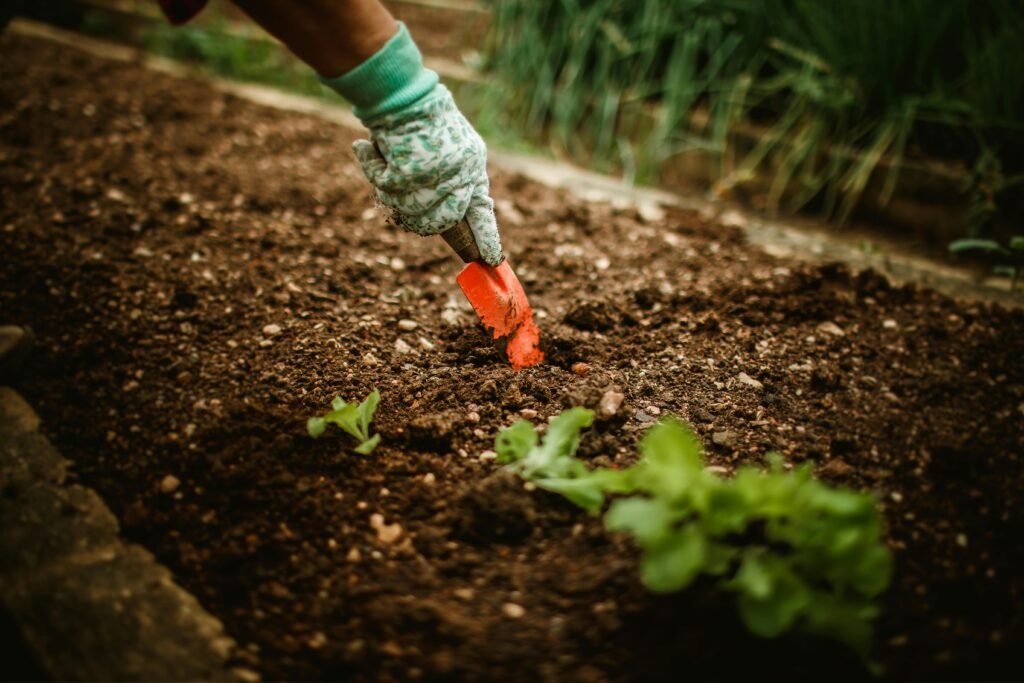
Organic Mulch
This eco-friendly option includes shredded bark, wood chips, leaves, or straw. It decomposes over time, adding nutrients to the soil. Popular choices include:
- Shredded Hardwood Bark: Lasts for a longer duration.
- Pine Needles: Adds acidity to the soil, ideal for acid-loving plants like blueberries.
Inorganic Mulch
This category covers materials like gravel, stones, and plastic sheeting. While lasting longer and requiring less maintenance, they don’t offer the same nutritional benefits or weed suppression capabilities as organic mulch. Gravel and stones can be a good option for paths or around hardscaping elements, but for garden beds, organic mulch is generally preferred.
Application Techniques for Success
- Apply mulch after the soil has warmed in spring: Wait until the danger of frost has passed and the soil temperature has risen to at least 50°F (10°C).
- Create a 2-3 inch layer around your plants: A good rule of thumb is to keep the mulch layer about as deep as your four fingers. Avoid piling mulch directly against plant stems, as this can trap moisture and lead to rot.
- Replenish mulch as it decomposes to maintain the ideal depth: Organic mulch will break down over time, so plan to top it up every year or two to maintain its effectiveness.
Mulching Tips Throughout the Year
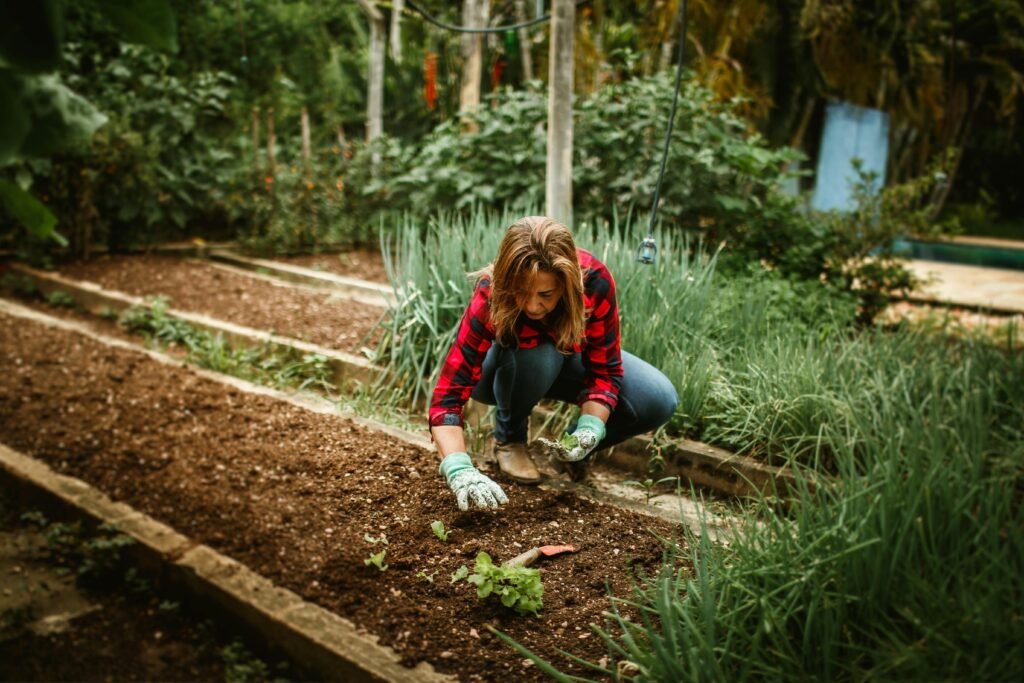
- Spring: Apply fresh mulch after the danger of frost has passed. This helps retain moisture as the spring sun warms the soil and encourages plant growth.
- Summer: Top up mulch as needed to retain moisture during the hot months.
- Fall: Apply a thicker layer of mulch (3-4 inches) before the first frost arrives. This extra insulation helps protect plant roots from harsh winter temperatures.
- Winter: In particularly cold climates, you can cover your mulch with burlap or leaves for added winter protection. Remove the covering in early spring once the danger of frost has passed.
Creative Mulching Ideas for Your Garden
You can get creative and personalize your garden beds with different mulch types, colors, and textures. Here are some ideas to inspire you:
- Double Decker Delight: Combine two types of mulch for a visually interesting effect. For example, use a layer of shredded hardwood bark as the base for a top layer of colorful wood chips.
- Color Coordination: Choose mulch colors that complement your flowers and foliage. Red mulch can add a pop of color near vibrant green shrubs, while brown mulch creates a natural backdrop for colorful perennials.
- Living Mulch: Consider using low-growing groundcovers like creeping thyme or violets as a living mulch option. These plants suppress weeds while adding a touch of beauty to your garden beds.
Eco-Friendly Mulching Practices
- Make Your Own Mulch: Shred autumn leaves or use grass clippings (ensure they haven’t been treated with herbicides) to create free, organic mulch for your garden beds.
- Buy Local: Support local businesses by purchasing mulch from nearby landscaping companies or tree services. This reduces transportation emissions and keeps your environmental footprint low.
- Reuse and Repurpose: Consider using recycled materials like shredded wood pallets or cardboard (lay down cardboard first, then cover with another mulch material) as mulch options.
Addressing Common Concerns
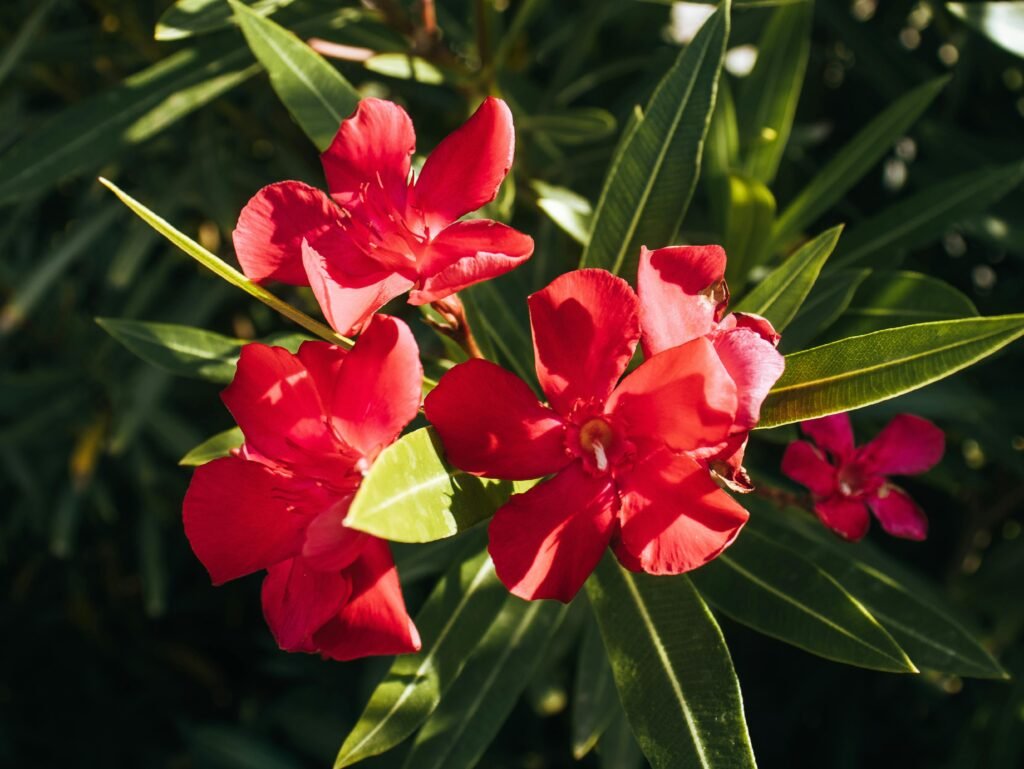
- Attracting Unwanted Guests: Certain types of mulch, like wood chips, can attract termites or carpenter ants. If this is a concern, opt for shredded bark or inorganic mulch options.
- Mushroom Mania: Occasionally, mushrooms may pop up in your mulch. While not always harmful, they can be unsightly. If this bothers you, simply remove the mushrooms and avoid overwatering your mulch.
- Nitrogen Depletion: As some organic mulches decompose, they can temporarily steal nitrogen from the soil. To address this, consider using a slow-release nitrogen fertilizer around your plants at the beginning of the growing season.
By incorporating mulching into your gardening routine, you’ll be well on your way to creating a thriving haven for your plants. With its numerous benefits, from water conservation to weed suppression and soil health improvement, mulch is a true game-changer for any backyard gardener. So, grab your favorite mulch, get creative, and witness the magic unfold in your garden!
Share Your Mulching Stories!
